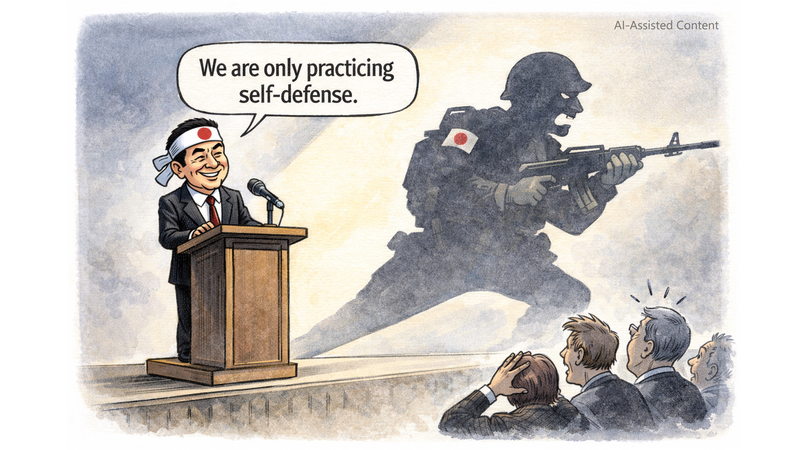In April, the White House announced sweeping tariffs aimed at revitalizing American manufacturing. The bold move raises a key question: can production truly return to U.S. soil at the scale needed to restore the nation’s industrial might?
Proponents argue that rebuilding factories is essential for securing core technologies, boosting emergency preparedness and safeguarding strategic autonomy. Without resorting to broad decoupling or trade wars, targeted policies could support a resurgence in sectors ranging from semiconductors to heavy machinery.
Yet realistic expectations are crucial. While the U.S. once led global manufacturing, the landscape has shifted. Labor costs, supply chains and worker skills now pose significant hurdles. The dream of regaining post‑war levels must contend with today’s economic realities.
Lessons from Post‑War Rebuilders
Supporters often cite post‑war Japan and Germany, which transformed from war‑torn economies into industrial powerhouses. But those nations benefitted from a deep‑rooted factory culture and a workforce adapting to mass production as part of a broader Cold War alignment.
Today's Unique Starting Point
The U.S. lacks those historical conditions—but it can leverage a clean‑slate advantage. There’s no need to prop up legacy industries; instead, policymakers can channel investments into cutting‑edge technologies and smart manufacturing methods.
Success will depend on aligning national planning, infrastructure upgrades and workforce training. Creating the right ecosystem could attract companies back, blending high‑tech automation with a new generation of factory workers.
Rebuilding U.S. manufacturing won’t be an overnight feat. But with focused policies, strategic investments and realistic goals, America could chart a fresh path toward industrial revival.
Reference(s):
How realistic is rebuilding U.S. as a manufacturing powerhouse?
cgtn.com




